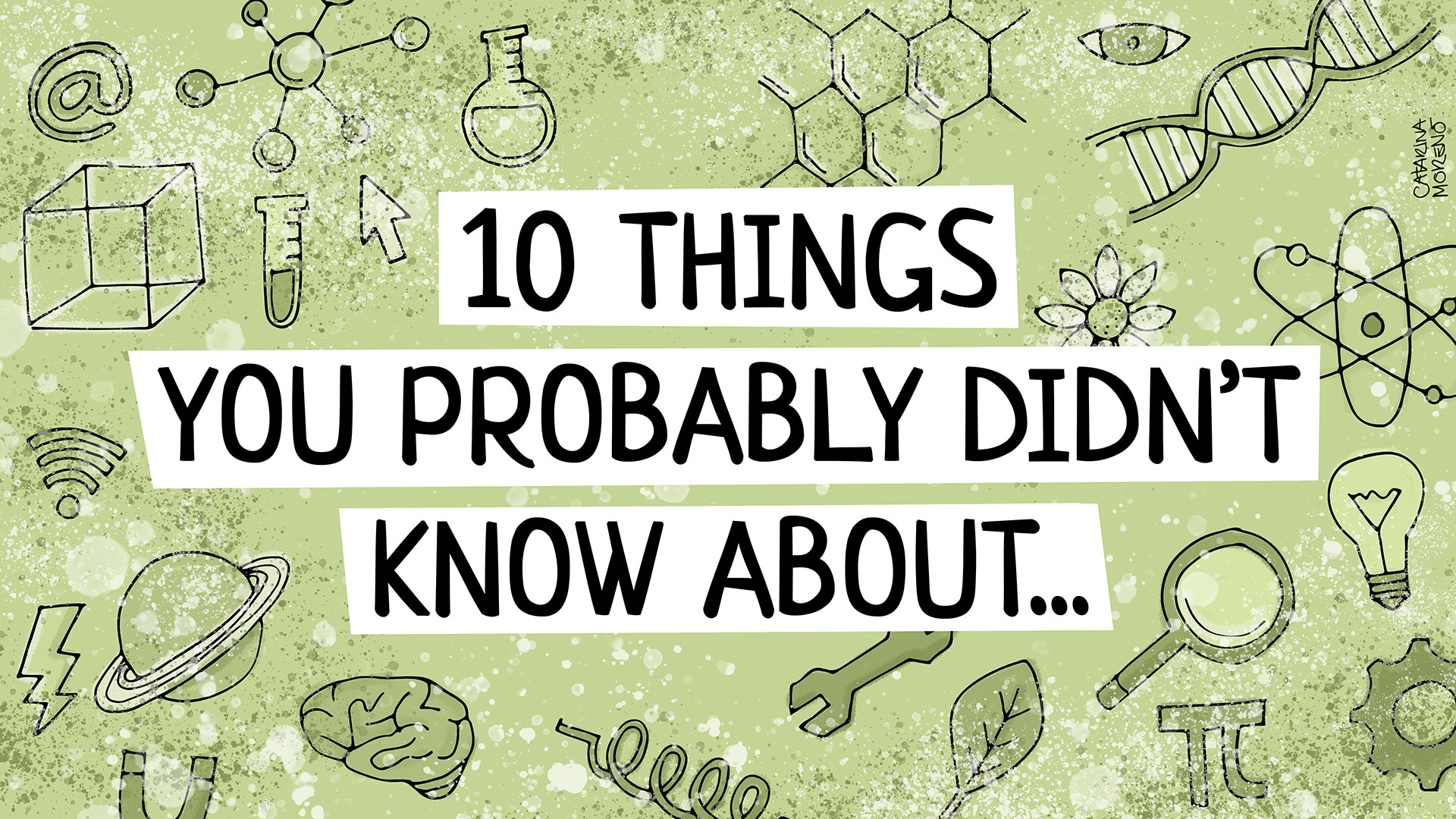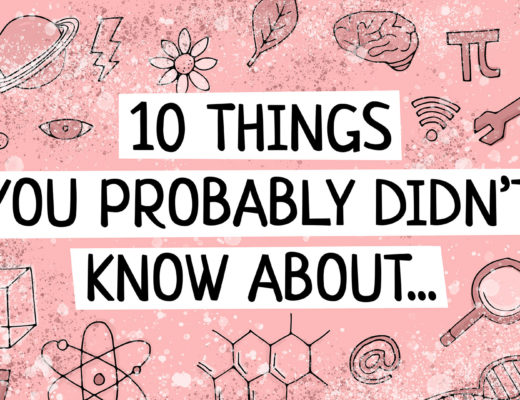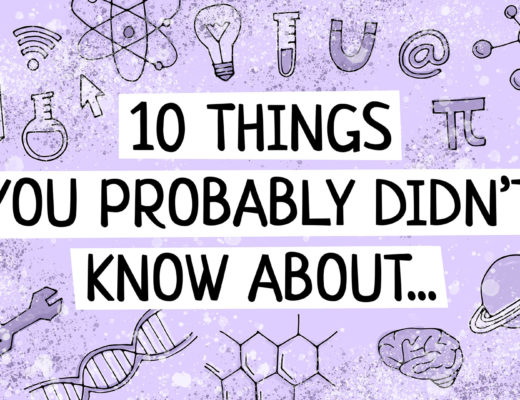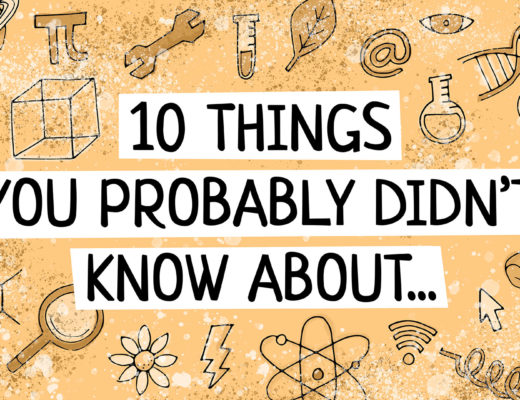Humans have a love-hate relationship with pigeons. Since we domesticated these harmless birds thousands of years ago, pigeons have been our pets, spies, messengers, gourmet meals, and despised pests. But whether you hate or love them, pigeons are fascinating animals. You don’t believe me? You might change your mind after learning these 10 things you probably didn’t know about pigeons…
1- The famous dodo (Raphis cucullatus) is an extinct species of pigeon. There are 344 species in the Columbidae family, including 13 extinct species. Pigeons were probably the earliest domesticated bird (before chickens!) and they’ve been used by humans as a source of meat, fertiliser (the poop), to communicate over long distances, and as a model organism to study many research questions.
2- Pigeons vary greatly in size. The smallest species of pigeon (Diamond dove) is only about the size of a pencil, yet the largest species (Victoria crowned) measures nearly a meter long and weighs 2.4 kg! That’s the weight of an average newborn!
3- Doves and pigeons are both…well, just pigeons. The difference between them is merely linguistic, and the terms are interchangeable. A dove and a pigeon aren’t any more different than two species of pigeons. People seem to associate doves with smaller and whiter “pure” pigeons.
4- Pigeons can be found all over the Earth except Antarctica and some areas of the Sahara desert. Most species live in trees but some dwell on cliffs or the ground, and city pigeons crash wherever they can.
5- Homing pigeons were domesticated around 3000 BC in ancient Egypt to be used as messengers, and they started being used in military missions as early as in 43 BC.
6- Mom and dad pigeon share parental duties, including egg incubation, chick care and feeding. Both parents can regurgitate a milk-like substance called “crop milk”, which contains fat, antibodies and proteins important for growth and development.
7- Scientists still don’t know for sure how homing pigeons find their way home, but there are multiple hypotheses. It’s believed pigeons either follow the Earth’s magnetic field or have an uncanny ability to “smell” home, or maybe somehow they sense an ultra-low frequency to navigate.
8- Drone or pigeon? In 1907, Julius Neubronner, an apothecary who used homing pigeons to deliver medicines, fitted pigeons with a time-delayed miniature camera, thus formally inventing ‘pigeon photography’. This aerial photography technique is patented and was used for espionage during WWII.
9- Pigeons are smart. Yes, really. They’re one of few species able to recognise themselves in mirrors and videos, and a study showed that their self-cognitive abilities are higher than those of 3-year-old children.
10- Pigeons understand the concept of time and space, despite the previously held belief that only mammals could grasp this, because they ’re the only animals with a cortex- the brain region responsible for “higher” functions.
And now that you’ve discovered that pigeons are (relatively) intelligent creatures, you can show them some love (but don’t feed them!).
Sources:
- https://www.sciencedirect.com/topics/agricultural-and-biological-sciences/columbidae
- https://science.jrank.org/pages/5222/Pigeons-Doves-Biology-pigeons-doves.html
- ttps://www.sciencedirect.com/topics/agricultural-and-biological-sciences/columbidae
- http://animaldiversity.org/accounts/Columbidae/
- http://www.deakin.edu.au/news/2011/190911birdevolution.php
- https://www.nationalgeographic.com/news/2013/1/130130-homing-pigeon-navigation-animal-behavior-science/
- https://www.jstor.org/stable/44563742?seq=1
- https://www.webcitation.org/5vek5CdAn?url=http://www.papainternational.org/history.html
- https://link.springer.com/article/10.1007/s10071-008-0161-4
- https://www.cell.com/current-biology/fulltext/S0960-9822(17)31332-5




